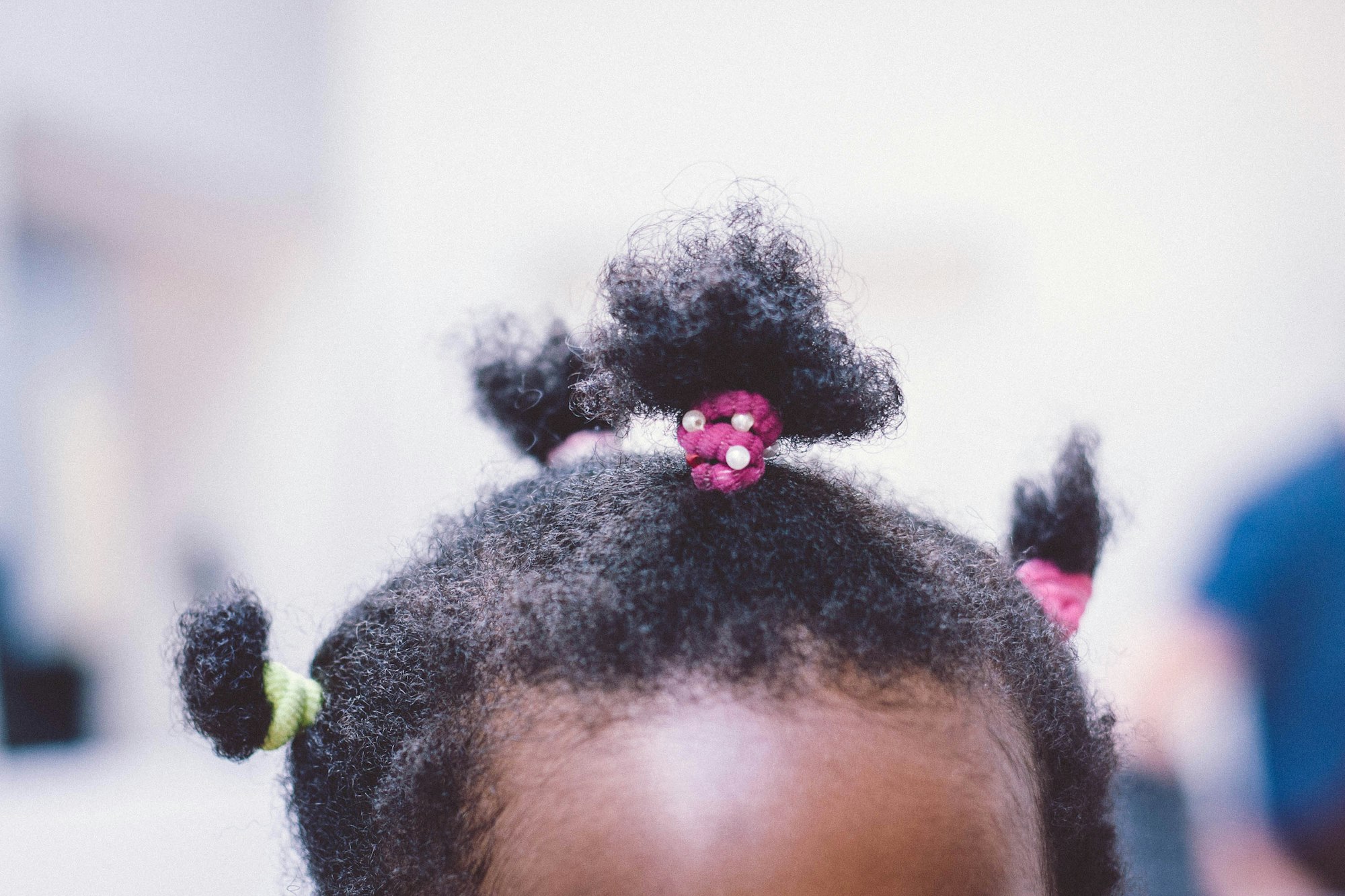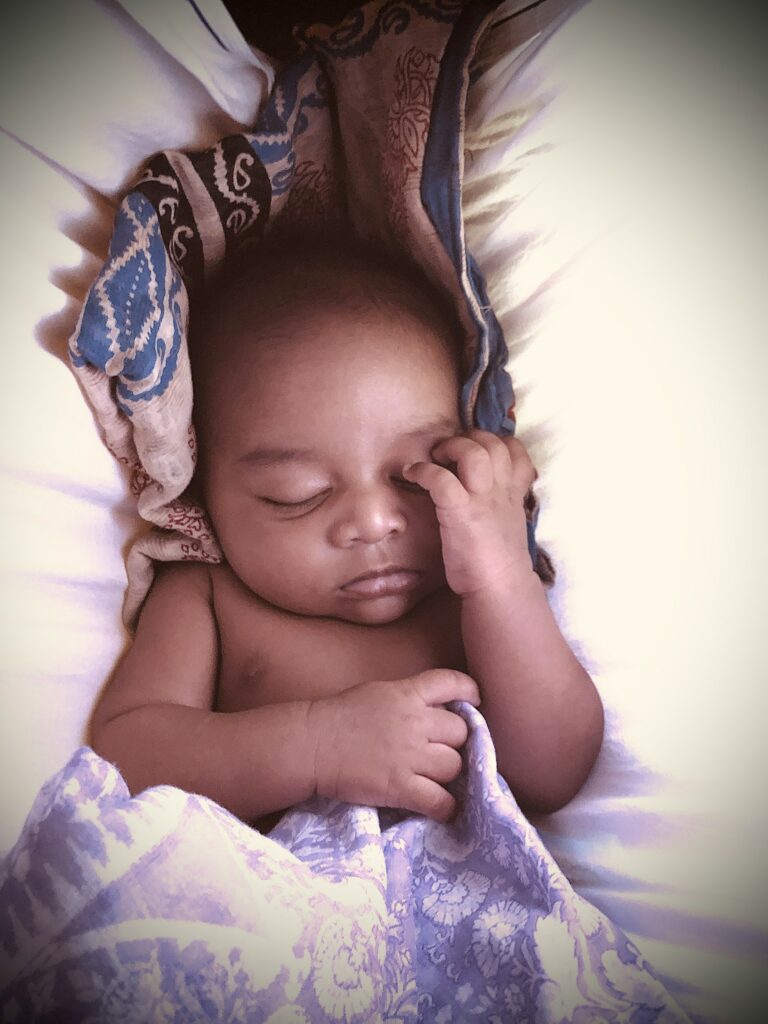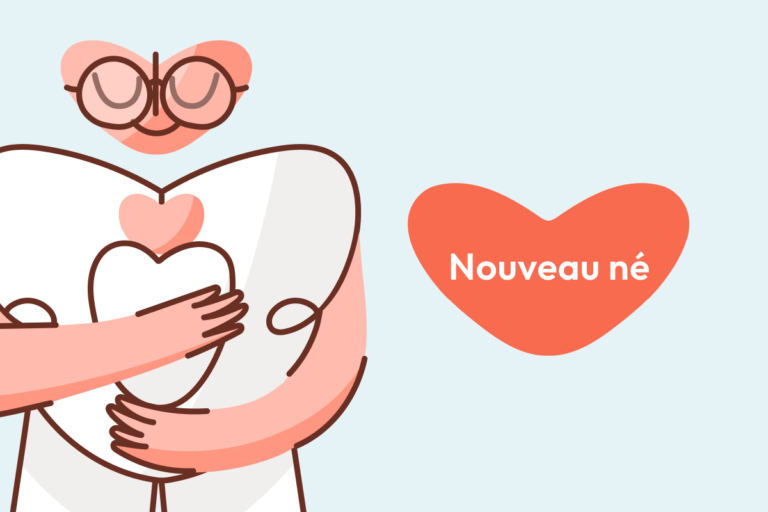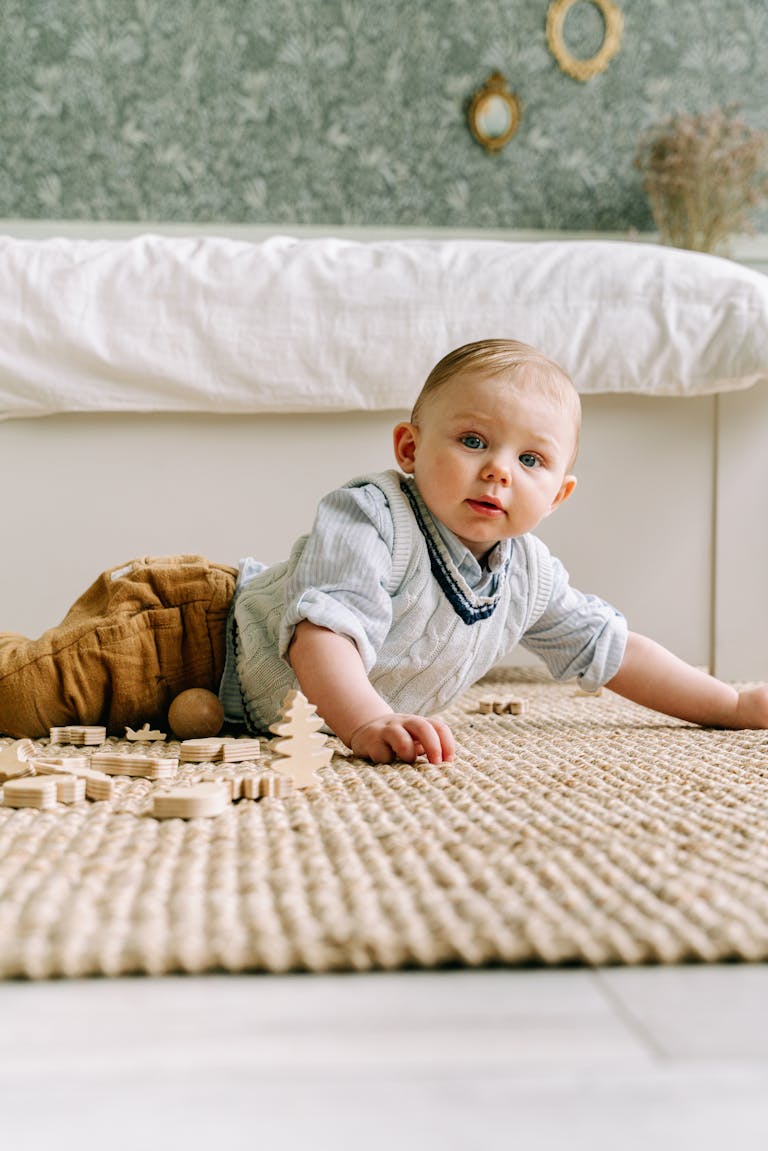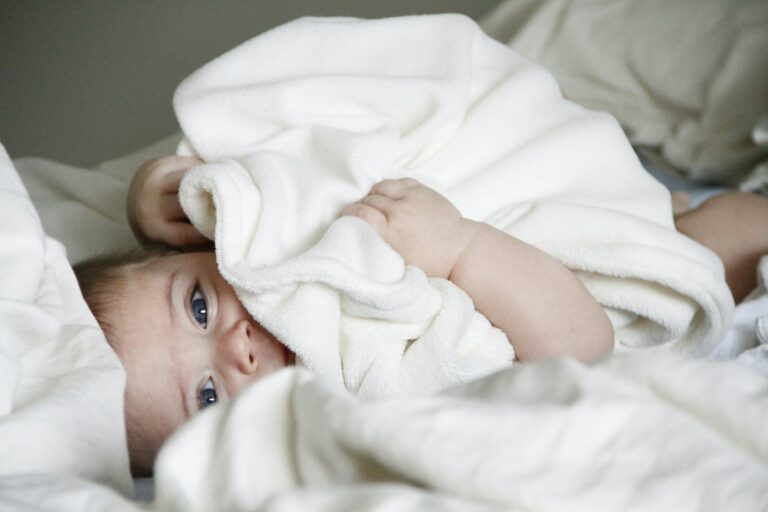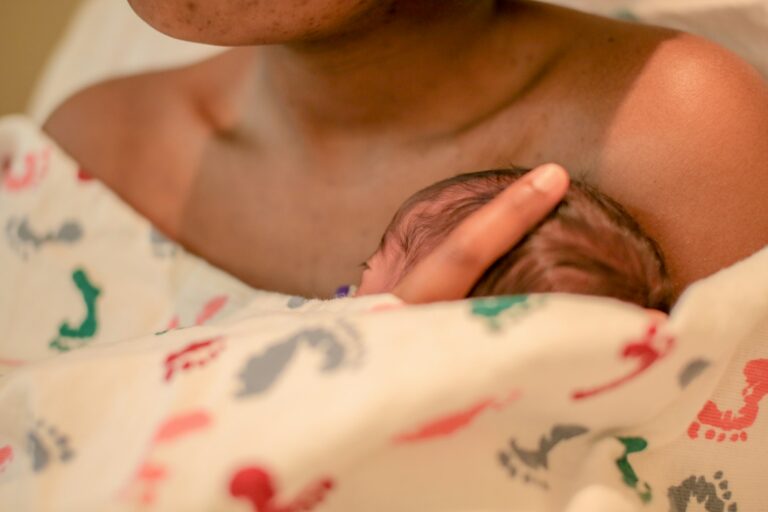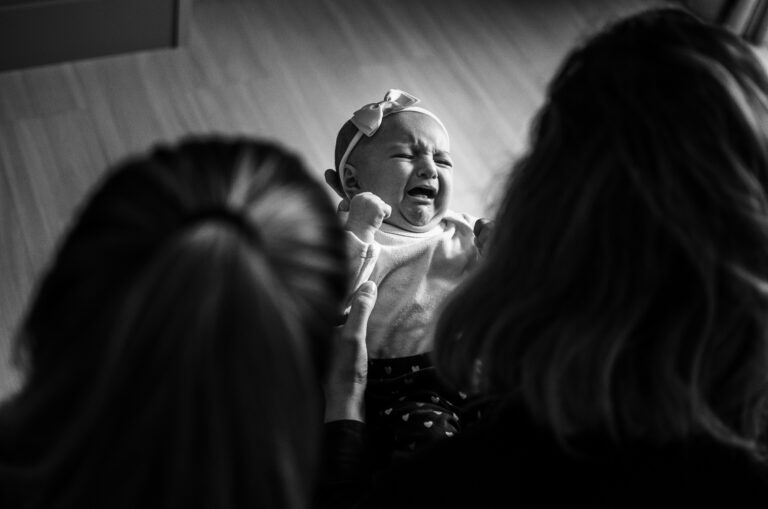Smooth as silk, gossamer in feel—baby hair is that gentle, feathery layer parents notice almost immediately, prompting affection, curiosity, and sometimes a flurry of questions. One moment there is abundant softness, the next a patch of delicate baldness might raise a worried eyebrow. Why does it change? Will those fine strands thicken or vanish? What rituals, shampoos, or grandma’s secrets genuinely help? For many, the journey from those first baby hairs to fuller locks can feel uncertain and, at times, bewildering. Let’s explore what actually shapes the evolution of baby hair, how to support healthy growth (without stress), the science woven into those strands, and the practical care essentials every parent deserves to know.
All about baby hair: What Are Those Soft Strands Really Doing?
At the heart of it, baby hair is predominantly made up of soft, fine vellus hair—tiny, almost translucent, and so light it tickles the fingertips. Unpacking the timeline, hair follicles begin their development in the womb, typically between the 9th and 15th weeks of pregnancy. Around week 20, the fetus becomes adorned with lanugo, a silky, non-pigmented covering acting like a natural insulation blanket. Lanugo doesn’t stick around for long; it’s shed before or soon after birth, replaced by the shorter, fine vellus strands that become instantly recognisable along a newborn scalp, temples, and nape.
You may wonder, what’s the actual function? Not just for show—these hair fibres help regulate skin moisture, offer a gentle barrier, and even support sensory development. The number of hair follicles laid down before birth remains fixed, a subtle reminder that what appears soft and fleeting has deep biological roots, playing a subtle but steady protective role right from the start.
The Science Behind baby hair: From Genetics to Hair Cycles
Vellus hairs, or baby hair, feature a unique structure—ultra-fine, generally unpigmented, sometimes barely visible. At birth, variation is immense: some infants boast a dense mop, others display a bare crown. Genetics, that invisible conductor, orchestrates the pattern: how many follicles, what density, and even shades of pigment. Maternal hormones play another major act. After birth, the drop in these hormones induces what medical experts call telogen effluvium—a temporary phase where baby hair is shed, sometimes in handfuls or clumps, leading to visible patches. For a parent, this can seem alarming, but it’s simply the body’s way of resetting the hair cycle.
Texture and density transform, often unpredictably. The hair growth cycle itself—shifting between stages of active growth (anagen), rest (telogen), and shedding (catagen)—runs more erratically in infants than in adults. Over time, vellus hair may give way to terminal hair—thicker, darker, and more robust—especially as hormonal shifts accompany the move into toddlerhood and childhood.
baby hair Growth: Timeline, Shedding, and What to Expect
So, when does baby hair fall, and when does it regrow? For many little ones, hair shedding begins at around 2–3 months, often in tandem with hormones leaving the system and a natural cycle “reset.” Occasionally, you’ll notice patches or thinning—especially where the head rubs against bedding. Regrowth emerges typically between 6 months and one year, sometimes with a trade: the new hair can show shifts in texture, density, or colour. Is it worrisome if bald patches linger or new growth appears uneven? Not at all. Genetic factors, nutrition, and even friction (from cradle or car seat) can influence the speed and pattern.
By three years of age, most children show fuller and more stable hair coverage. However, changes—whether in curl pattern or volume—may continue, shaped by both genes and environment. Some baby hairs at the hairline refuse to “grow up”, remaining delicately defined well into later childhood or even adulthood—a source of beauty for many.
Why Does baby hair Change? Unpacking Loss, Growth, and Everything In-Between
That dread of seeing more hair on the pillow, or the anxiety over patchy spots, often comes down to simple science. Hormonal transitions post-birth, everyday friction (think cot sleep, car seat, hats), and the basic cycles of hair mean that loss is nearly always temporary. For most families, regrowth is swift and hearty, the cycle repeating as the scalp matures.
Yet, certain signs need attention: prolonged redness, flakiness, persistent baldness, or symptoms like itching could indicate conditions such as seborrheic dermatitis or rare deficiencies. A chat with a paediatrician can shed light, especially if symptoms are slow to improve. While myths abound—“baby hair means poor health!”—most persistent hairlines reflect nothing more than a family trait, passed through generations.
Gentle Care Rituals: Building Healthy Habits for baby hair
Rather than elaborate routines, simplicity reigns supreme. Bath time need not mean daily shampoos—two or three gentle washes each week suffice for most, using lukewarm water and a fragrance-free, pH-balanced shampoo designed for sensitive scalps. Go for just a dab, lathered softly with parental fingertips, followed by thorough rinsing to leave no residue behind.
A soft-bristle brush or wide-toothed comb becomes an essential tool, detangling without tugging, soothing the scalp, and allowing natural oils to distribute. Begin combing from tips upward, breaking tangles gently with patience—not force. Air drying wins over heat styling (skip the dryer, always). For those with cradle cap, a little coconut or mineral oil, massaged in and brushed out carefully before washing, often works wonders.
Adapting baby hair Care for Different Textures
Texture guides technique:
- Straight and wavy hair: Two to three washes a week. Use a soft brush or wide-toothed comb post-bath while hair is damp. Moisturising can be minimal; focus on gentle detangling.
- Curly and coily hair: Emphasise moisture. One to two washes a week, using rich natural oils like coconut or sunflower. Conditioners assist in detangling, best done with fingers or comb. Skip close hairstyles or aggressive brushing—these can increase breakage risk.
No matter the type, avoid harsh chemicals or strong fragrances. For sensitivity, hypoallergenic and fragrance-free solutions remain safest.
Brushing, Detangling, and Protecting That Sensitive baby hair
Gentle brushing offers more than aesthetics. It’s this act that stimulates the scalp, encouraging shine and uniform oil distribution. Always start from the ends, move gently upward, and favour brushes with soft bristles or flexible teeth. Excessive manipulation can inflame the scalp, particularly for those already prone to irritation. Hats and bonnets? Necessary only in sun or cold, serving as both style and shield.
Timing That First baby hair Cut: Ritual or Milestone?
No medical timeline dictates a perfect moment for the inaugural snip. Many families choose between 6 and 12 months, especially if locks grow into the eyes. Calm, distraction (think soft toys), and safety—use rounded-tip scissors—set the tone for a stress-free trim. If nerves prevail, a trained children’s stylist can handle the task, often with fun distractions and expert ease.
Choosing Products: Safe, Soothing, and Fit for Purpose
Only the mildest will do: tear-free, hypoallergenic shampoos and conditioners. Ditch sulfates, parabens, and perfumes—these can irritate fragile skin. A spot of coconut or sunflower oil (on scalp, not face) soothes and hydrates. Oatmeal-based creams assist when dryness appears. For toddlers, the occasional child-specific leave-in conditioner or gentle styling gel is fine, though always one new product at a time and always monitor for reactions.
Common baby hair Problems: From Cradle Cap to Shedding
Shedding, patching, dryness—they’re part of the journey. Regularly adjust sleep positions if friction patches emerge. For allergies or irritation, pare down to only hypoallergenic products. If redness or scaling lingers, seek paediatric advice rather than persevering with home remedies. Cradle cap—those yellow, crusty patches—is neither contagious nor dangerous. Oil, soft brushing, and the mildest shampoo are usually enough.
Baby Hair and Nutrition: What’s Going on Inside Reflects Outside
In those first months, milk—breast or formula—delivers all vital nutrients. After six months, expanding the menu matters: proteins, iron, omega-3, vitamins A, B, C, E, and healthy fats all underpin both hair and overall growth. Think puréed meats, iron-rich cereals, eggs, creamy yogurt, vegetables, and avocado. Hydration cannot be neglected—water plays an essential background role in the quality of baby hair.
Myths, Realities, and Cultural Practices Around baby hair
A swirl of beliefs persists: that shaving increases thickness (not true—growth rates depend on the follicle, not a razor’s edge), or that daily brushing leads magically to fuller hair (it doesn’t, but it can cause breakage if rough). In many families, baby hair has its own rituals and pride: from first-lock ceremonies to intricate stylings and celebrating those delicate “edges.” Cultural practices bring richness—but scalp health and comfort should always come first.
Key Takeaways
- Baby hair is normal, dynamic, and expected to change thanks to genetics, hormones, nutrition, and age.
- Calm, consistent care—soft washing, gentle brushing, fragrance-free products—makes a big difference in allowing delicate strands and scalp to thrive.
- Nutritious feeding after six months actively boosts healthy hair development; iron, proteins, and healthy fats matter as much as vitamins.
- Sensitive scalp? Keep routines minimal and watch for any reaction, pivoting quickly to hypoallergenic solutions.
- Embracing your child’s natural hairline, texture, and baby hair patterns builds confidence. No single appearance is “ideal.”
- Medical concerns (intense flaking, redness, slow regrowth) deserve a word with a paediatrician—better to be reassured.
- For ongoing guidance, practical tools, and personalised health questionnaires tailored to children, download the application Heloa: an easy companion to safe, stress-free baby hair care and parent support.
Questions Parents Ask
What exactly is “baby hair” and why does it appear along my child’s hairline?
“Baby hairs” refer to those ultra-soft, wispy strands around the edges of a child’s hairline. They are much finer than the longer scalp hair and appear as a normal step in hair development. These fine hairs usually become more noticeable after a haircut or specific hairstyles, gently framing the face and sometimes giving a cute, soft-edged look.
Will all my child’s baby hair fall out and be replaced by new hair?
Yes, it is normal for baby hair—the fine, fluffy hair present since birth—to be gradually shed and replaced by stronger, thicker hair. The timing and extent can vary quite a bit from child to child, depending on individual genetics and hormone patterns. As new hair grows, you might notice changes in colour, thickness, or curl. This is a natural process and not a cause for concern.
Can I safely style my baby’s hair or smooth down their baby hairs?
Of course. Gentle styling is entirely possible and even enjoyable. Use a soft baby brush, fingertips, or specially designed mild baby hair care products. Avoid tight bands, harsh gels, or too much brushing—these can cause breakage or scalp irritation. If you want to smooth baby hairs, a dab of safe oil or simple water often does the trick. Always let the natural pattern lead the way and, when in doubt, less is more.
My baby has bald patches or uneven growth. Should I worry?
Bald spots and uneven hair growth in infants usually stem from sleeping position, normal shedding, or gentle friction. It’s rarely a sign of health trouble. As long as the scalp is not red, scaly, or showing soreness, it’s simply part of the cycle. Consult your paediatrician if you notice persistent redness, swelling, or very slow regrowth.
Are there best practices for preventing hair and scalp issues in babies?
Yes—keep to regular but gentle routines. Rotate sleeping positions, use only soft brushes and mild shampoos, avoid tight accessories, and check ingredient labels for hypoallergenic, fragrance-free formulas. For cradle cap, a tiny bit of oil followed by soft brushing and a mild wash usually helps. If irritation continues, check with your health provider.

